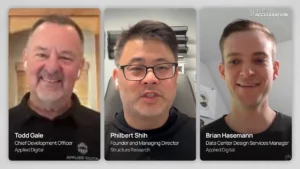Virtual Reality Brings Live Operations to Many More Medical Students
Operating rooms are designed for maximization of space. That means they are quite small, allowing a minimal number of medical students to view a live surgery, which in turn limits learning opportunities. This setup is inefficient and wasteful, to say the least. But what can be done, given the space restrictions of the average OR?
The answer is virtual reality (VR). At the University of Virginia School of Medicine, students are using a very inexpensive form of VR that allows countless students to view complex operations and invasive procedures as they take place. Using a camera in the OR and an app that creates a dual image, the student’s own smart phone can be used to view the operation.
It’s simple. The app is turned on, and the phone is placed in a cardboard viewer that looks, interestingly, like a View-Master stereoscope toy. In many ways, the same technology is being applied, except of course the images are moving. The student puts the stereoscope up to his or her eyes, and the moving images are rendered into 3-D. It’s almost like they are there.
A combination of the latest smart phone technology with a cardboard stereoscope is bringing more medical students into operating rooms so more students can learn how to do even the rarest procedures. The shortage of space in an OR may not be a critical issue for simple, oft-repeated operations, since a missed opportunity today may be resolved with a new operation of the same kind tomorrow. However, for rare procedures, live viewing access is limited. This simple VR technology makes it possible to keep ORs from being overcrowded while allowing students to optimize their learning.









